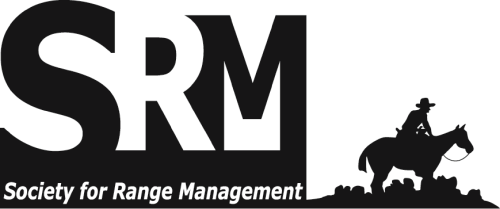On the Ground • Managers of large landscapes with limited financial resources can use ecological sites and state-and-transition models to identify landscape divisions with the highest chances of responding favorably to management activities. • This conceptual framework can help determine the optimal configuration of pastures and water developments so that conservation-focused grazing and response monitoring align with focal landscape divisions. • As communication tools, these models can help conservation land managers and graziers to better understand how the variation in landscapes affects the distribution of conservation targets and the specific locations where management can be tailored to enhance biodiversity. The Rangelands archives are made available by the Society for Range Management and the University of Arizona Libraries. Contact lbry-journals@email.arizona.edu for further information. Migrated from OJS platform March 2020

Practical, non-technical peer-reviewed articles published by the Society for Range Management. Access articles on a rolling-window basis from vol 1, 1979 up to 3 years from the current year. More recent content is available by subscription from SRM.